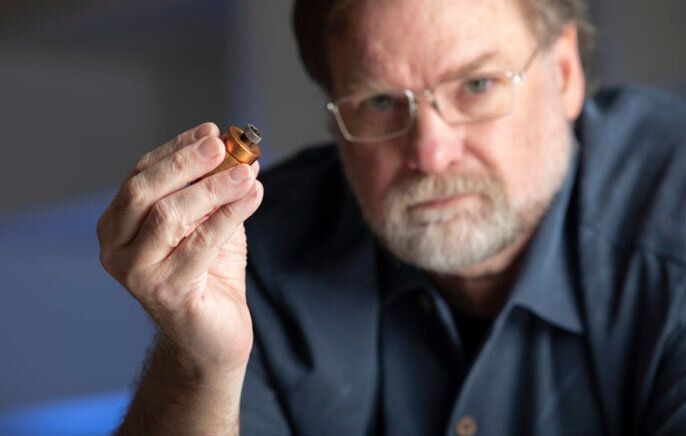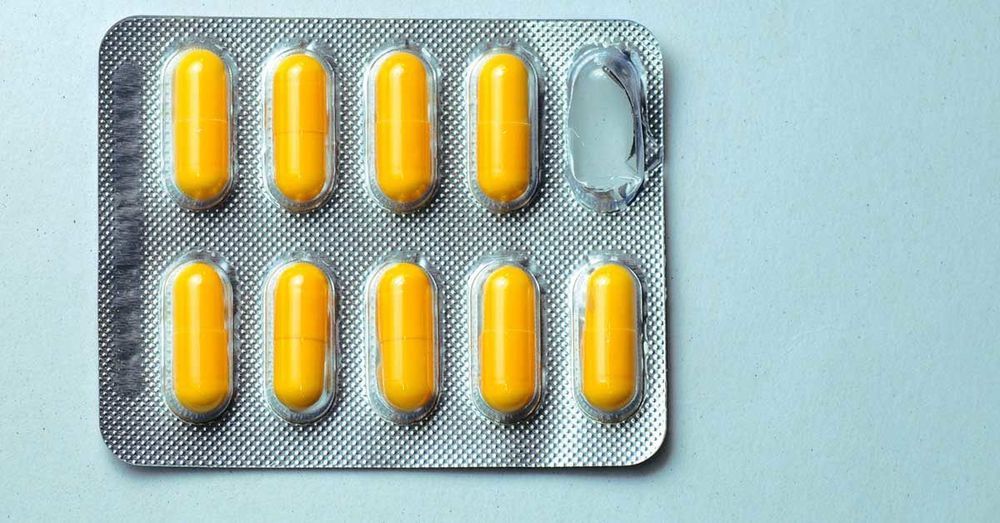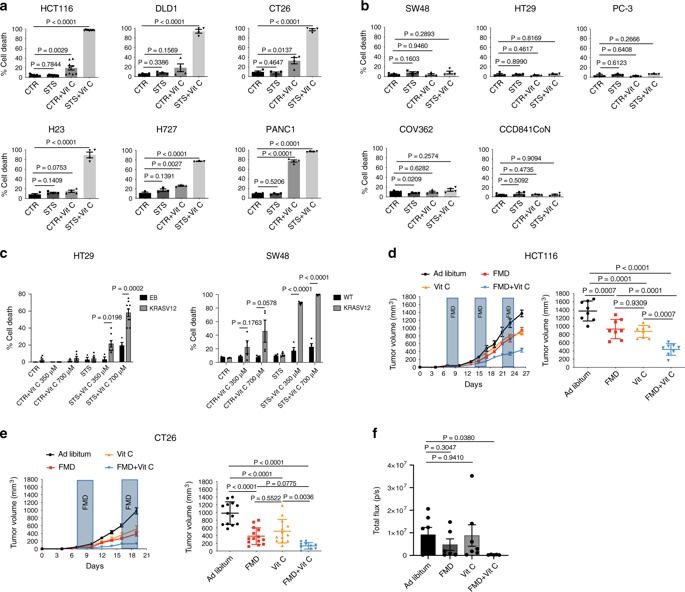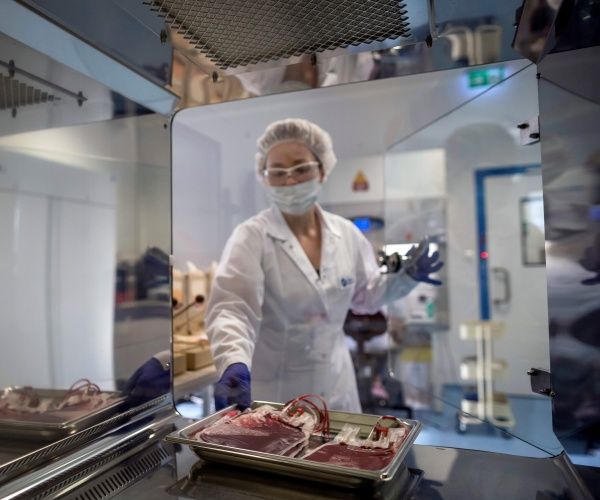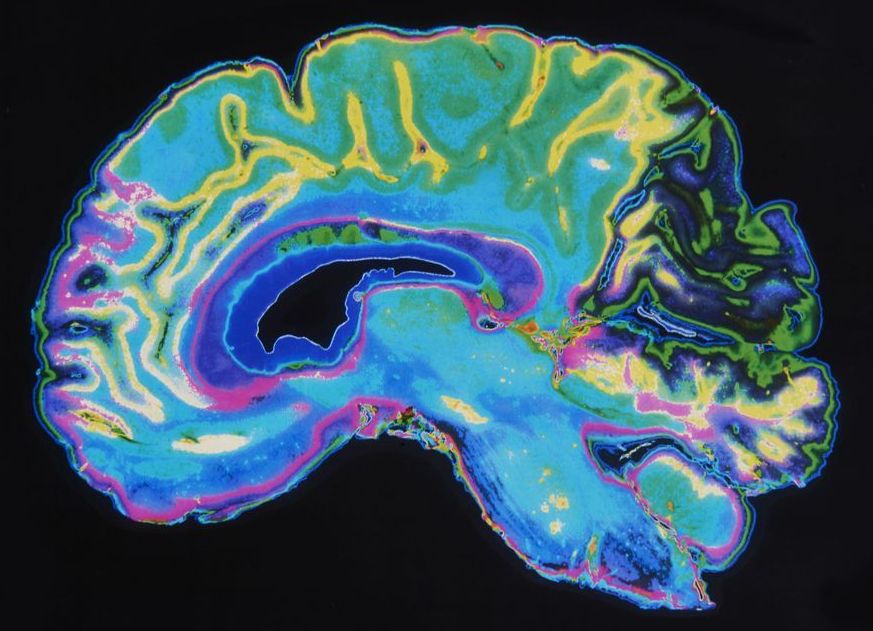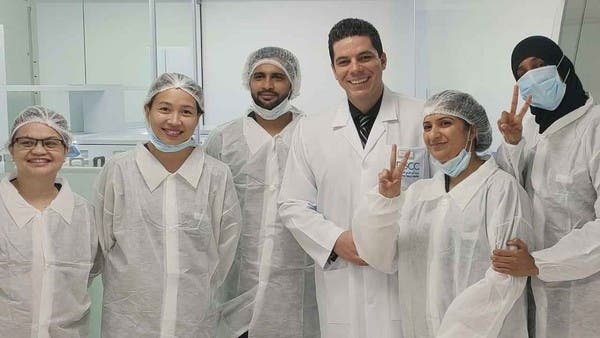May 24, 2020
Physicists exploring use of Blu-ray disc lasers to kill COVID-19, other viruses
Posted by Omuterema Akhahenda in categories: biotech/medical, computing
A new weapon in the arsenal against the coronavirus may be sitting in your home entertainment console. A team led by physicist Chris Barty of the University of California, Irvine is researching the use of diodes from Blu-ray digital video disc devices as deep-ultraviolet laser photon sources to rapidly disinfect surfaces and the indoor air that swirls around us.
Barty, UC Irvine distinguished professor of physics & astronomy, said that such UV light sterilizers would be cheap compared to current medical- and scientific-grade systems and that it’d be possible to deploy them almost anywhere.
“If these sources are successful, I think you could build them into a mask and clean the air that’s coming in and out of you,” he said. “Or you could set these things up in the air circulation ducts of major buildings, and the airflow that goes through could be sterilized.”
